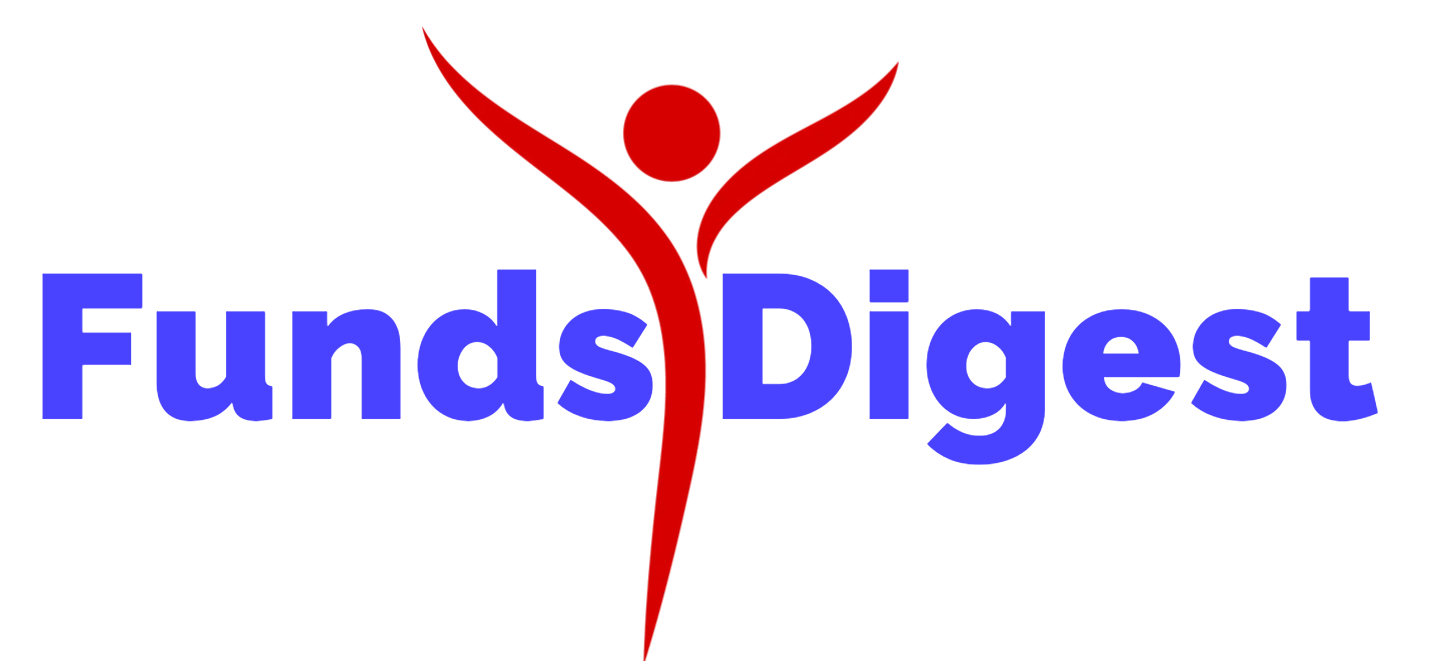
Winning a scholarship in Canada brings relief and sometimes more cash than you need upfront. If tuition is covered and you still receive funds, how you use that money matters. Your choices can affect taxes, future costs, and financial stability. This guide sets out clear steps to make sure you get the most from that refund.
Students hunting for hassle-free awards can check out Innovation’s no-essay scholarship options available without complex applications.
Some Canadian schools refund excess scholarship money directly to you. Others apply it to your cost of attendance (COA), which includes tuition, mandatory fees, books, living allowances, and transport. Before planning any spending, check your school’s financial aid policies to confirm whether surplus funds will land in your bank account or disappear into reduced loans or grants.
Canada’s tax agency exempts scholarships, bursaries, and fellowships from taxes if you’re a “qualifying student.” That status applies to full-time students; part‑timers can claim an exemption for tuition and program‑related costs. Any portion that exceeds eligible expenses becomes taxable income and must be reported on line 13010 of your return.
Unqualified spending can trigger taxes but using that refund for valid school‑related items avoids that risk. Start by covering essentials:
Keep receipts and syllabi to show these are genuine educational purchases.
COA often includes room and board, transport, and basic living costs. You may use refund money for:
Avoid luxury items. Remember, premium housing or going out daily may fall outside COA and could risk CRA scrutiny.
Scholarship leftovers present a rare opportunity to shrink debt early. Apply funds toward:
Each dollar sent now reduces future interest. No penalty for early repayment means this move keeps your graduate balance smaller.
Not all costs occur within one semester. Next-term lab fees, summer tuition, field studies, or unexpected costs might lie ahead. Holding onto unused funds protects you from future borrowing. Consider using your school’s student account credit system or opening a high‑yield savings account or TFSA to keep money safe
Scholarship savings never earn interest if left in a low‑yield checking account or spent carelessly.
If any of your scholarship exceeds exemption limits, record that as income on line 13010. CRA will issue T4A slips for awards over $500. Paying taxes on the surplus may still result in a refund if you have deductions or credits, but it’s best to plan ahead.
Certain funding bodies, like the Canada Council, require recipients to return unspent grant money within the same calendar year. Though student scholarships aren’t always in that category, if your award terms state a return policy, comply or risk harming future eligibility.
That windfall can feel tempting. Common weak choices include:
Such purchases can reduce your exemption, prompt repayment of aid, and trigger tax liabilities and compliance issues. Treat the money like a tool, not a bonus.
Some scholarships allow unused funds to roll over to summer or even graduate studies. Rules vary by provider, so double-check guidelines or ask directly. You might secure a financial cushion for a future degree or certificate.
Start by separating your money. Having one account for education-related funds and another for personal spending makes it easier to avoid accidental misuse. When all your money sits in one place, it’s harder to track what’s intended for textbooks versus takeout.
Once the funds are separated, monitor your monthly spending carefully. Stick within the cost of attendance estimates provided by your school. Keep digital or physical copies of your receipts, along with documentation showing the items were required for your program. If your scholarship is ever audited, or if you’re applying for additional aid, this record will help back up your claims.
About halfway through the term, take a close look at how much you’ve spent and how much remains. If you’re running low, make small cuts early. If you are ahead of budget, think about setting aside the extra for the next semester.
Daily News Brief | September 19, 2025
Eye On Annapolis is a community based site focusing strictly on Anne Arundel County. These staff postings are general news postings made by our team of bloggers throughout the day and are not attributed to any one particular staff person.
Thank you for stopping by and hopefully for engaging with Eye On Annapolis with your comments, letters, and opinions both here and on our social channels. There has never been a more critical time for community involvement than today–for any number of reasons. Annapolis and Anne Arundel County are our homes and this site is about the quality of life we all share. It is written for the local community by the local community.

Recent Comments